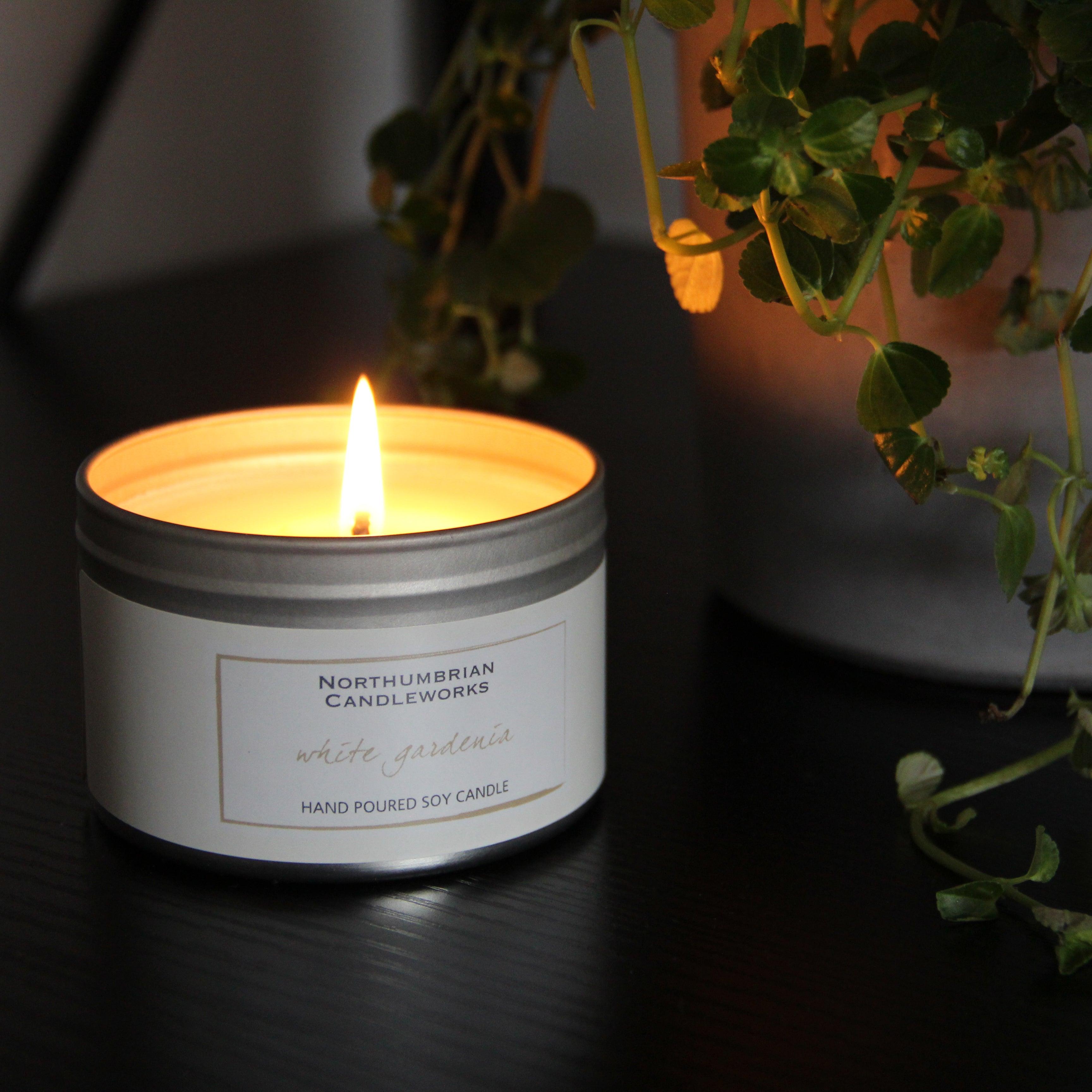From Wick to Wax: Comprehending the Chemistry Behind Soy Wax Candles and Their Ecological Influence
As we illuminate our rooms with the cozy radiance of candle lights, there lies a realm of intricate chemistry behind the apparently straightforward act of lighting a soy wax candle light. The choice in between soy and paraffin wax extends beyond mere aesthetics, diving right into the realm of ecological effect and the extremely make-up of the materials. Recognizing the molecular structure of soy wax and its burning procedure clarifies the exhausts released right into our environments. Join us as we untangle the scientific complexities behind soy wax candle lights and discover their ramifications on our atmosphere.
Soy Wax Vs. Paraffin Wax
When contrasting soy wax and paraffin wax for candle production, it is necessary to recognize the unique qualities and benefits of each material. Soy wax is an all-natural, eco-friendly source originated from soybean oil, making it naturally degradable and environment-friendly - crystal soy candles. In contrast, paraffin wax is a byproduct of oil refining, which elevates issues about its environmental effect and sustainability
Soy wax candle lights shed cleaner and discharge less residue contrasted to paraffin wax candles, making them a much healthier choice for interior air top quality. Furthermore, soy wax has a lower melting factor, permitting a longer-lasting candle light that distributes fragrance a lot more effectively. Paraffin wax, on the other hand, has a tendency to shed faster and much less cleanly, possibly launching unsafe chemicals into the air.
From a sustainability viewpoint, soy wax is favored for its biodegradability and renewable sourcing, straightening with the expanding customer preference for eco aware products. While paraffin wax has been a typical option in candle light making due to its affordability and simplicity of usage, the change in the direction of green choices like soy wax is getting energy in the market.
Chemical Composition of Soy Wax

Combustion Refine in Soy Candles
The chemical composition of soy wax directly influences the burning process in soy candles, influencing factors such as shed time, fragrance launch, and environmental effect. When a soy candle is lit, the warmth from the flame melts the wax near the wick. This fluid wax is then prepared the wick due to capillary action. As the liquid wax reaches the flame, it goes through and evaporates burning. The burning process entails the vaporized hydrocarbons in the wax reacting with oxygen airborne to create warm, light, water vapor, and carbon dioxide.
The combustion efficiency of soy candle lights is affected by the pureness of the soy wax and the quality of the wick. A clean-burning soy candle light with an appropriately sized wick will create a stable fire and decrease residue development. This not only extends the you can find out more shed time of the candle light however likewise enhances the release of fragrances. In addition, soy wax candles have a reduced ecological impact compared to paraffin candles moved here as a result of their biodegradable and renewable nature.

Environmental Benefits of Soy Wax

Taken into consideration a sustainable option to standard paraffin wax, soy wax provides noteworthy environmental benefits that make it a prominent option amongst eco-conscious customers. One substantial advantage of soy wax is its sustainable sourcing. Soy wax is originated from soybean oil, which is predominantly grown in the United States. The growing of soybeans aids sustain neighborhood farmers and minimizes the dependence on non-renewable fossil gas utilized in paraffin wax production. In addition, soy wax is eco-friendly, indicating it breaks down naturally without releasing damaging toxins into the environment. This characteristic makes soy wax candles a much more eco-friendly option compared to paraffin wax candle lights, which are made from oil, a non-renewable source. Additionally, soy wax burns cleaner and produces less soot than paraffin wax, contributing to much better indoor air top quality and reducing the requirement for cleaning and upkeep. Overall, the environmental benefits of soy wax straighten with the expanding demand for sustainable and green items in the market.
Recycling and Disposal Factors To Consider
Reusing and correct disposal of soy wax candles play an essential function in maintaining ecological sustainability and reducing waste in families and neighborhoods. When it comes to reusing soy wax candles, the first step is to make sure that the candle light has burned completely.

In terms of disposal, if recycling is not an option, soy wax candle lights are naturally degradable and can be securely thrown away in many home waste systems. It is always suggested to inspect with neighborhood recycling facilities or waste monitoring solutions for details guidelines on candle light disposal to make sure appropriate handling and ecological defense.
Final Thought
Finally, the chemistry behind soy wax candles discloses their ecological advantages over paraffin wax candles. Soy wax, derived from soybean oil, burns cleaner and creates less residue when useful content compared to paraffin wax. The burning procedure in soy candle lights is much more efficient, causing a much longer and a lot more also burn. In addition, soy wax is sustainable and eco-friendly, making it a much more sustainable option for candle light manufacturing. Reusing and proper disposal of soy wax candle lights further add to their environmental impact.
When contrasting soy wax and paraffin wax for candle light production, it is crucial to understand the distinctive qualities and advantages of each material (soy wax candles).Soy wax candle lights shed cleaner and give off much less residue compared to paraffin wax candles, making them a much healthier option for interior air high quality.Taken into consideration a sustainable choice to standard paraffin wax, soy wax supplies remarkable ecological benefits that make it a popular option among eco-conscious customers. Soy wax burns cleaner and generates much less residue than paraffin wax, adding to far better interior air high quality and lowering the requirement for cleansing and maintenance.In verdict, the chemistry behind soy wax candle lights reveals their environmental advantages over paraffin wax candle lights